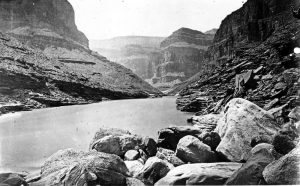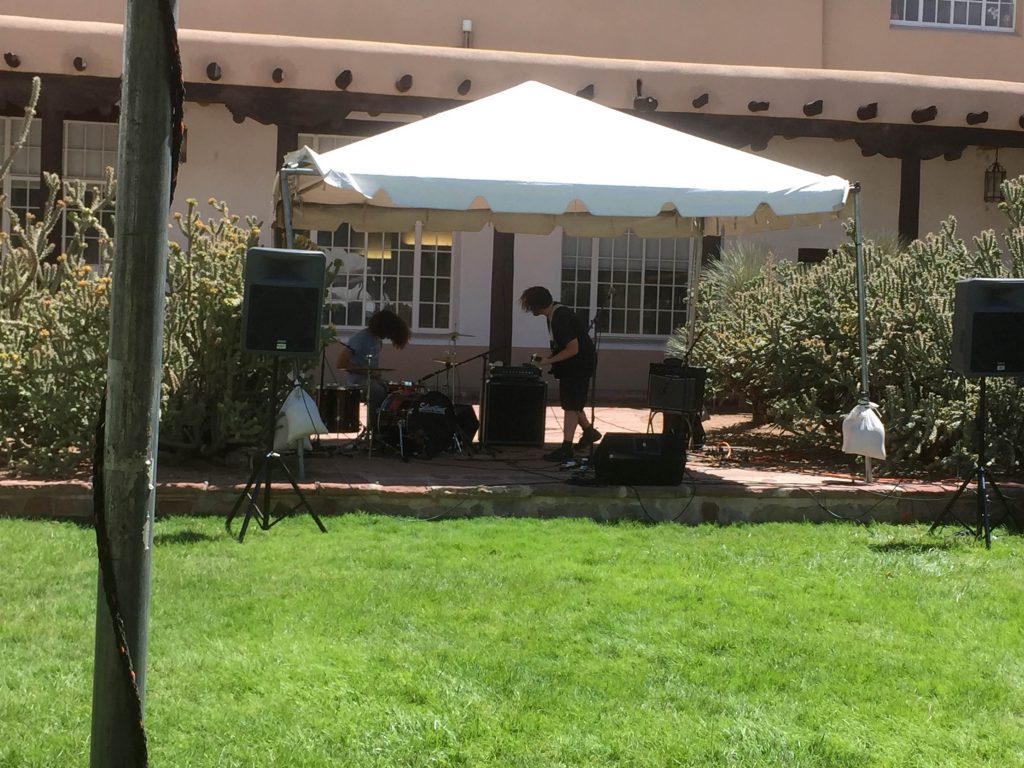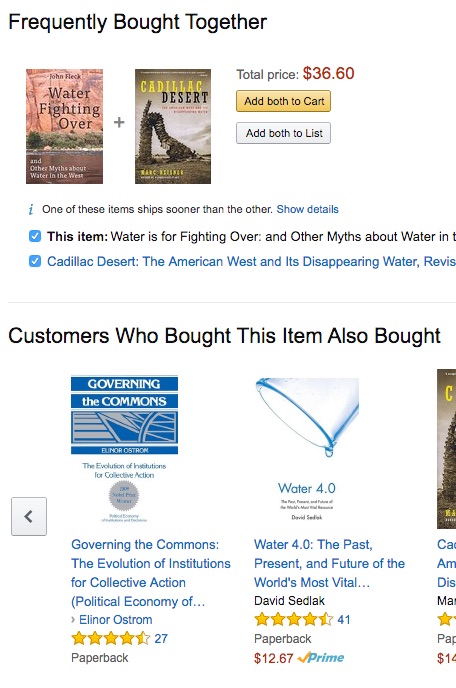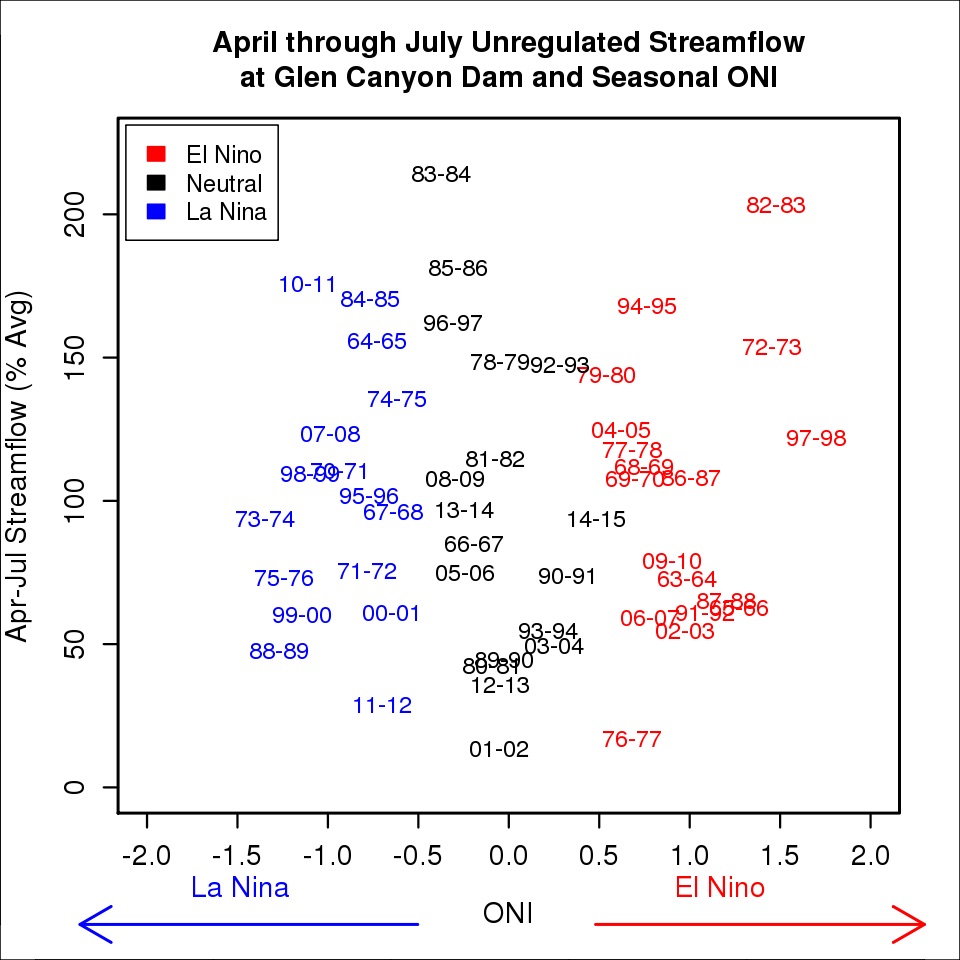On its centennial, there is no question in my mind about the central role of the U.S. National Park Service in my life’s trajectory.
I’ve written often about my experience as a young boy, standing on the Grand Canyon’s south rim, wandering the view spots craning my neck for those fragmentary vistas where you can actually see the brown ribbon of the Colorado River at the canyon’s bottom. They were snippets full of mystery and longing, a tiny thing amidst this vastness. One must be careful about the fallacy, post hoc ergo propter hoc, after this therefore because of this. But those moments spent as a kid on family vacations, repeated so many times, mattered to me completely.
The path between there and my life today is twisted, but the book emerging into the world this month is directly connected to those questions I had as a child – what is that river down there?
Perhaps this experience might have happened absent the creation of the institution of the National Park Service? It is hard to know, but I know that I am now what I am because of those questions planted half a century ago when a little boy stood on a Park Service lookout point peering down in the great unknown.




